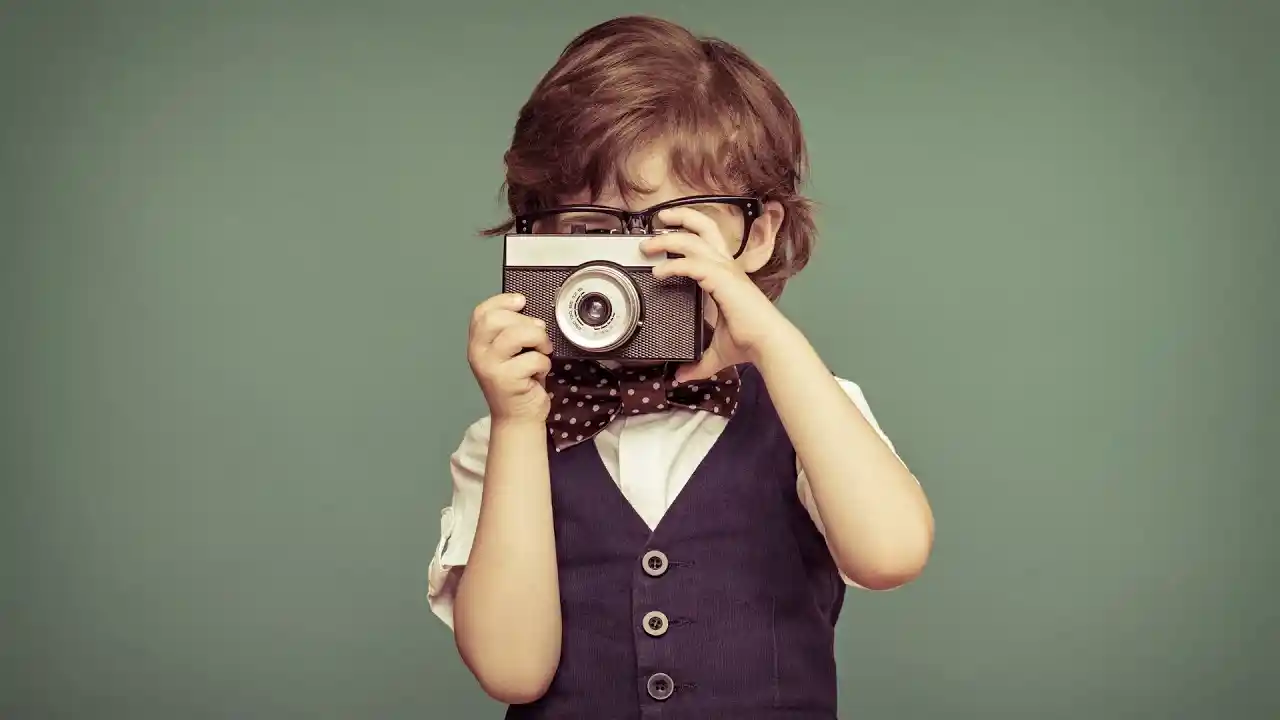Thinking About Getting a Camera? You’re in the Right Place!
So, you’ve been thinking it’s time to get a camera. Maybe you want better vacation photos. Or maybe you’re ready to start a photography hobby. Either way, I’m glad you’re here. Picking your first camera can feel like a big deal. But don’t worry—it’s not as hard as it seems.
There are so many camera options out there. DSLRs, mirrorless, point-and-shoots… it can get confusing fast. But you don’t need to know everything to start. You just need to know what you need. That’s what we’re going to figure out together. Let’s dive in.
Why You Should Get a Camera in the First Place
Sure, your phone takes good photos. But sometimes, it’s just not enough. Maybe you want more control. Or maybe you want better quality for low-light shots or action moments. That’s when it’s time to get a camera.
A real camera gives you creative freedom. You can play with focus, zoom, and settings. You’re not just snapping pics—you’re making art. Plus, it feels good to hold a camera in your hands. It helps you see the world in a new way.
Start with the Basics: Know What You Want
Before you get a camera, think about what you’ll use it for. Are you into travel photography? Want to shoot videos for YouTube? Maybe just family photos and weekend adventures?
Knowing this will help you choose the right type. For travel, go light. For portraits, you might want a DSLR. For everyday fun, a compact camera might do the job. Trust me, there’s no “one-size-fits-all” here. It all depends on you.
DSLR vs Mirrorless vs Point-and-Shoot
Okay, let’s break it down without the tech talk.
DSLRs are the classic big cameras. They’re powerful and great for pros or serious hobbyists. They have lots of lens options, but they’re bulky.
Mirrorless cameras are newer and lighter. They offer top-quality images and are great for travel or vlogging. Many people love these for their size and speed.
Point-and-shoot cameras are small, simple, and easy to use. Perfect for beginners or people who don’t want to mess with settings. Just turn it on and shoot.
If you’re just starting out, a mirrorless or point-and-shoot might be the best way to go.
Things to Look for When You Get a Camera
Don’t worry—you don’t need to be a camera nerd to get a good one. Just look for a few key things:
- Image quality – Look at sample photos online.
- Ease of use – Does the menu feel easy to use?
- Portability – Is it light enough to carry around?
- Battery life – Nothing worse than a dead camera on a trip!
- Lens options – Can you add lenses later, if you want?
These things will help you find a camera that fits your life, not the other way around.
Budget Talk: You Don’t Need to Spend a Fortune
You can get a camera that fits your budget—promise. There are great options for under $500. If you want to go higher, there are plenty of mid-range and pro-level choices too.
You can also consider getting a used camera. Many stores offer certified pre-owned cameras that work like new. This is a great way to get more value for less money. Just make sure you buy from a trusted seller.
Don’t Forget About Accessories
When you get a camera, it’s not just about the body. You might want a few extras. A good memory card is a must. You’ll also want a camera bag, maybe an extra battery, and possibly a tripod.
Over time, you can explore other accessories. Things like lenses, filters, and external flashes can really up your game. But don’t feel like you need everything right away. Start small, grow over time.
Try Before You Buy, If You Can
If you can, go to a camera store and hold a few models. It helps a lot to feel how they sit in your hands. Some will feel just right. Others might feel too heavy or clunky.
You can also check out online reviews and video demos. YouTube is full of friendly camera lovers sharing tips and real-life tests. It’s like having a personal guide—free of charge.
Great Beginner Cameras to Check Out
Not sure where to start? Here are some popular beginner-friendly picks:
- Canon EOS Rebel series – Great DSLR for learning.
- Sony ZV-E10 – A solid mirrorless choice, especially for video.
- Nikon Z50 – Light, powerful, and fun to use.
- Fujifilm X-T30 – Stylish and known for amazing color.
- Panasonic Lumix GX85 – Great for travel and easy to handle.
These models are often recommended for people who want to get a camera and grow with it.
Learn as You Go—No Pressure
You don’t need to know everything on day one. The best way to learn is by doing. Take your camera out and shoot something every day. Try different settings, angles, and times of day.
There’s no “wrong” way to take a photo. The more you use your camera, the more comfortable you’ll get. And the more fun it becomes.
Share Your Photos and Join the Community
Once you start taking pictures, don’t keep them all to yourself! Share them with friends. Post them online. Join photo groups or forums.
You’ll meet other people who love photography and can offer tips or encouragement. It’s a great way to stay inspired and keep learning.
Final Thoughts: Getting a Camera Is Just the Start
When you get a camera, you’re not just buying a device. You’re starting a new adventure. You’ll begin to see the world with fresh eyes. You’ll notice little things you used to miss.
And hey, you’ll have way better vacation pics, too.
So go ahead—get that camera. Pick one that fits your life, your style, and your budget. Don’t stress about getting it perfect. Just start. Because every photographer—no matter how great—started somewhere.
Ready to get a camera and start your journey? You’ve got this. And if you ever need help, there’s a whole world of friendly folks out there ready to cheer you on.
Now grab your camera, step outside, and start capturing the magic around you.



